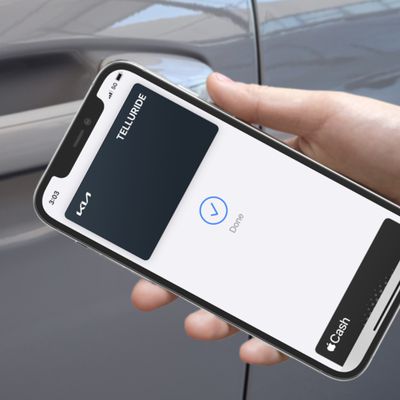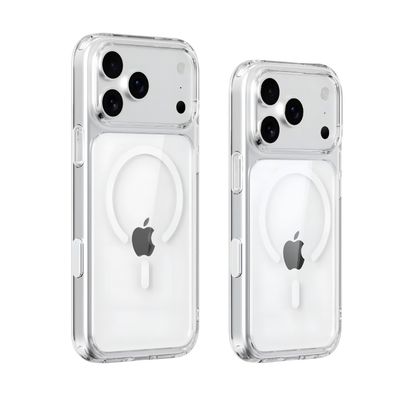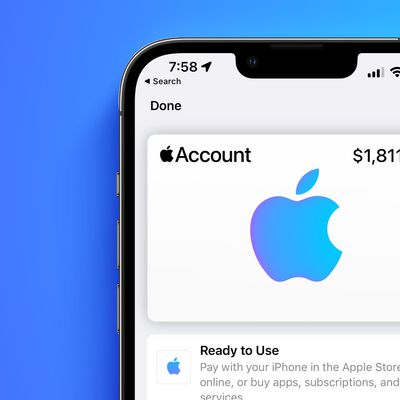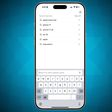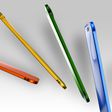Kuo: Apple Looking to Save on Costs in iPhone 12 With Simpler Battery Board Design
Apple is looking to put a pricing squeeze on component suppliers for the upcoming iPhone 12 lineup to help offset increased costs for new 5G technology and minimize the need for price increases across the flagship lineup, according to a new research note from analyst Ming-Chi Kuo viewed by MacRumors.
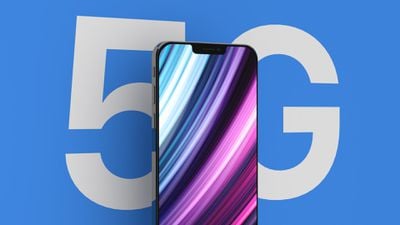
Kuo says adoption of Sub-6GHz 5G technology will increase Apple's costs by $75–$85, while millimeter wave technology will incur a $125–$135 cost for Apple, so the company is cutting costs on other components wherever it can.
While Apple has broadly been putting "higher bargaining pressure" on its suppliers, the battery board is one area where Kuo believes suppliers will see the biggest cost trimming with Apple reportedly moving to a simpler and smaller design with fewer layers. The hybrid hard and soft battery board for the iPhone 12 will reportedly be 40–50% cheaper than the equivalent part in the iPhone 11 series, although this component is likely a small contributor to Apple's overall costs.
Looking out further into the future, Kuo says Apple will push the envelope even more with the "iPhone 12s" lineup in 2021, adopting a purely soft board design that will shave off an additional 30–40% compared to the iPhone 12 board price.
Apple has also been putting pricing pressure on its circuit board suppliers for the AirPods, Kuo says, with the average price of soft and hard boards in the AirPods 2 declining by 25–35% since the first half of the year.
Apple's current suppliers will face even more issues when the AirPods 3 launch in the first half of 2021, according to Kuo. He reiterates his previous claims that the next-generation earphones will follow the AirPods Pro in adopting an integrated system-in-package (SiP) design rather than the surface-mount technology (SMT) found in the current AirPods 2.
Popular Stories
Since the iPhone X in 2017, all of Apple's highest-end iPhone models have featured either stainless steel or titanium frames, but it has now been rumored that this design decision will be coming to an end with the iPhone 17 Pro models later this year.
In a post on Chinese social media platform Weibo today, the account Instant Digital said that the iPhone 17 Pro models will have an aluminum...
Apple is continuing to refine and update iOS 26, and beta three features smaller changes than we saw in beta 2, plus further tweaks to the Liquid Glass design. Apple is gearing up for the next phase of beta testing, and the company has promised that a public beta is set to come out in July.
Transparency
In some apps like Apple Music, Podcasts, and the App Store, Apple has toned down the...
The calendar has turned to July, meaning that 2025 is now more than half over. And while the summer months are often quiet for Apple, the company still has more than a dozen products coming later this year, according to rumors.
Below, we have outlined at least 15 new Apple products that are expected to launch later this year, along with key rumored features for each.
iPhone 17 Series
iPho...
Apple should unveil the iPhone 17 series in September, and there might be one bigger difference between the Pro and Pro Max models this year.
As always, the Pro Max model will be larger than the Pro model:iPhone 17 Pro: 6.3-inch display
iPhone 17 Pro Max: 6.9-inch displayGiven the Pro Max is physically larger than the Pro, it has more internal space, allowing for a larger battery and...
In 2020, Apple added a digital car key feature to its Wallet app, allowing users to lock, unlock, and start a compatible vehicle with an iPhone or Apple Watch. The feature is currently offered by select automakers, including Audi, BMW, Hyundai, Kia, Genesis, Mercedes-Benz, Volvo, and a handful of others, and it is set to expand further.
Apple has a web page with a list of vehicle models that ...
In select U.S. states, residents can add their driver's license or state ID to the Wallet app on the iPhone and Apple Watch, providing a convenient and contactless way to display proof of identity or age at select airports and businesses, and in select apps.
Unfortunately, this feature continues to roll out very slowly since it was announced in 2021, with only nine U.S. states, Puerto Rico,...
New renders today provide the best look yet relocated Apple logo and redesigned MagSafe magnet array of the iPhone 17 Pro and iPhone 17 Pro Max.
Image via Majin Bu.
Several of the design changes coming to the iPhone 17 Pro model have been rumored for some time, such as the elongated camera bump that spans the full width of the device, with the LiDAR Scanner and flash moving to the right side.
...
Apple is expanding the ability to add an Apple Account Card to the Wallet app to more countries, according to backend Apple Pay changes.
With iOS 15.5, Apple updated the Wallet app to allow users to add an Apple Account Card, which displays the Apple credit balance associated with an Apple ID.
If you receive an Apple gift card, for example, it is added to an Apple Account that is also...
Apple's next-generation iPhone 17 Pro and iPhone 17 Pro Max are just over two months away, and there are plenty of rumors about the devices.
Below, we recap key changes rumored for the iPhone 17 Pro models.
Latest Rumors
These rumors surfaced in June and July:Apple logo repositioned: Apple's logo may have a lower position on the back of the iPhone 17 Pro models, compared to previous...







